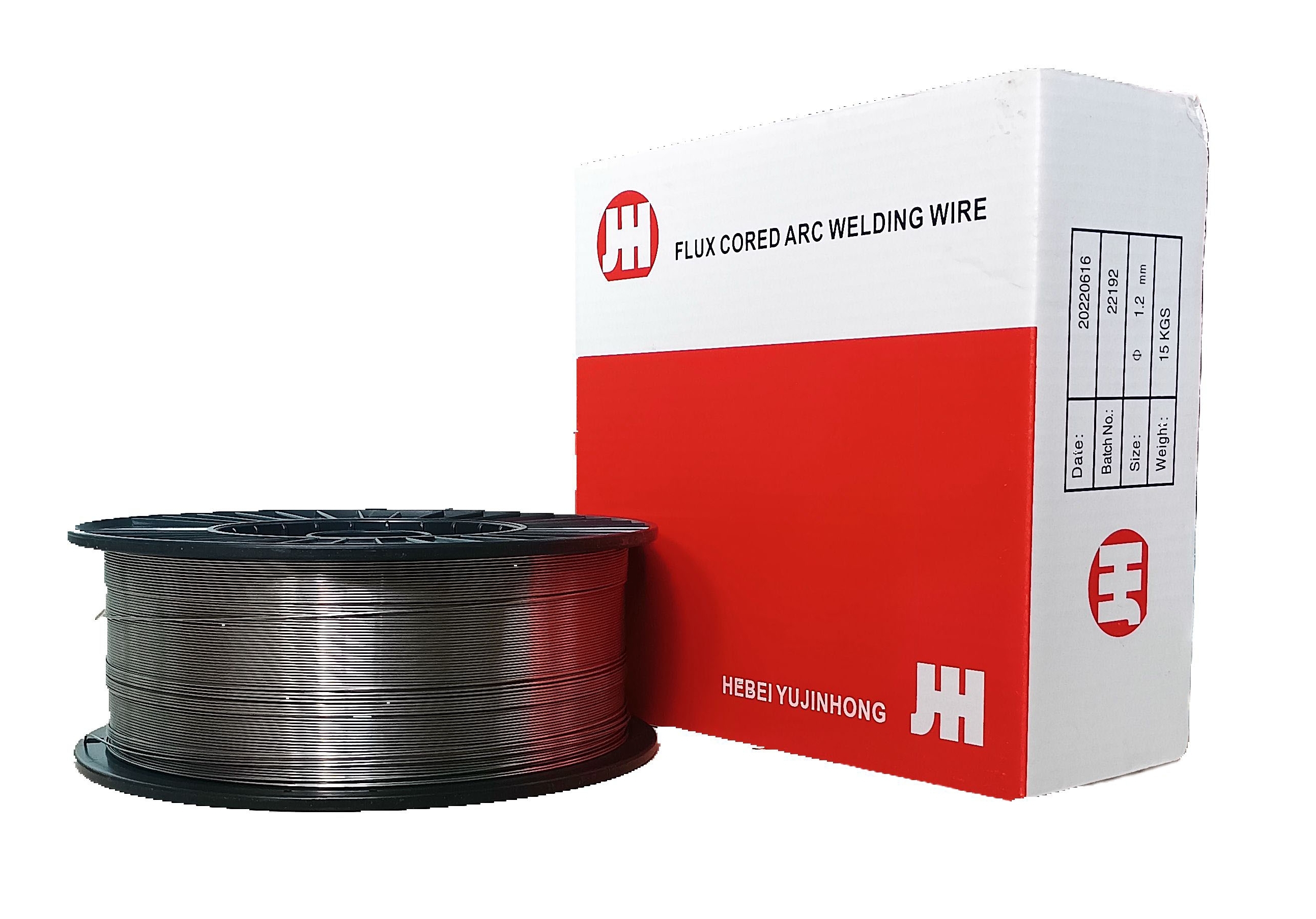Comparing Stick, MIG, and TIG Welding Techniques for Optimal Results
Understanding Stick, MIG, and TIG Welding A Comprehensive Overview
Welding is a critical process in various industries, from automotive to construction, ensuring strong and reliable connections between metal parts. Among the many welding techniques available, Stick, MIG, and TIG welding stand out as the most commonly used methods. Each technique has its unique characteristics, applications, advantages, and disadvantages. A thorough understanding of these processes will help both beginners and experienced welders choose the right method for their projects.
Stick Welding (SMAW)
Stick welding, also known as Shielded Metal Arc Welding (SMAW), is one of the oldest and simplest welding techniques. It utilizes a consumable electrode coated in flux to produce a weld. The electrode, when struck against the workpiece, creates an electric arc that melts both the electrode and the base metal, forming a molten puddle that cools to create a strong weld.
One of the significant advantages of Stick welding is its versatility. It can be used on various metals, including steel, iron, and nickel, and it performs excellently in outdoor environments where wind may hinder other processes. Additionally, it requires minimal equipment—usually just a power source, electrode holder, and ground clamp—making it an excellent choice for fieldwork and remote applications.
However, Stick welding has its drawbacks. It can produce a lot of spatter and requires a fair amount of cleanup. The skill level required to achieve high-quality welds is relatively high, as maintaining the correct distance from the electrode and the optimal travel speed can be challenging for beginners.
MIG Welding (GMAW)
MIG welding, or Gas Metal Arc Welding (GMAW), employs a continuous wire feed as the electrode and uses an inert gas, usually argon or a mixture of gases, to protect the weld pool from contamination. This method is known for its speed and efficiency, making it ideal for high-production environments.
stick mig and tig welding

One of the most significant advantages of MIG welding is its ease of use. The continuous feed of the wire eliminates the need for constant electrode replacement, allowing for a more straightforward and faster welding process. It produces clean welds with minimal spatter, often requiring less post-weld cleanup than Stick welding. This makes MIG welding particularly suitable for thin materials and delicate joints.
However, MIG welding is more sensitive to wind and drafts, which is why it is typically performed indoors or in controlled environments. The equipment can also be more expensive compared to Stick welding, and the process may not be ideal for all metal types, especially when dealing with thicker sections.
TIG Welding (GTAW)
TIG welding, or Gas Tungsten Arc Welding (GTAW), is considered one of the most versatile and precise welding methods available. It uses a non-consumable tungsten electrode to produce the weld, and the welder adds a filler metal. In this process, an inert gas, typically argon, shields the weld from contaminants.
The primary advantage of TIG welding is its ability to create high-quality, clean, and precise welds. It is especially effective for thin materials and is often used in applications such as aerospace and medical device manufacturing, where precision is paramount. TIG welding allows for greater control over the weld bead, producing aesthetically pleasing results.
On the downside, TIG welding is the most complex and skill-intensive method, requiring significant practice to master. The setup can be more complicated and costlier than MIG or Stick welding. Additionally, TIG welding is generally slower, which may not be suitable for high-volume production.
Conclusion
In summary, Stick, MIG, and TIG welding each offer unique advantages and challenges. Stick welding excels in versatility and portability; MIG welding promotes speed and ease of use; and TIG welding delivers precision and high-quality results. The choice of welding method ultimately depends on the specific project requirements, material types, and the welder's skill level. Understanding these differences equips welders with the knowledge necessary to select the technique best suited for their individual needs, ensuring successful outcomes in their welding endeavors.
-
E312 Electrode: High Strength Welding Rod for Dissimilar MetalsNewsAug.24,2025
-
J506 Welding Rod: High-Strength, Crack-Resistant ElectrodeNewsAug.23,2025
-
E71T-1 Shielding Gas for Superior Welding Quality & EfficiencyNewsAug.22,2025
-
E316L Welding Rod: Premium 316L Stainless Steel WeldsNewsAug.11,2025
-
Premium SG2 Welding Wire | High-Quality MIG/MAG for SteelNewsAug.10,2025
-
E309 Welding Electrode: Premium Stainless Steel Stick RodsNewsAug.09,2025


